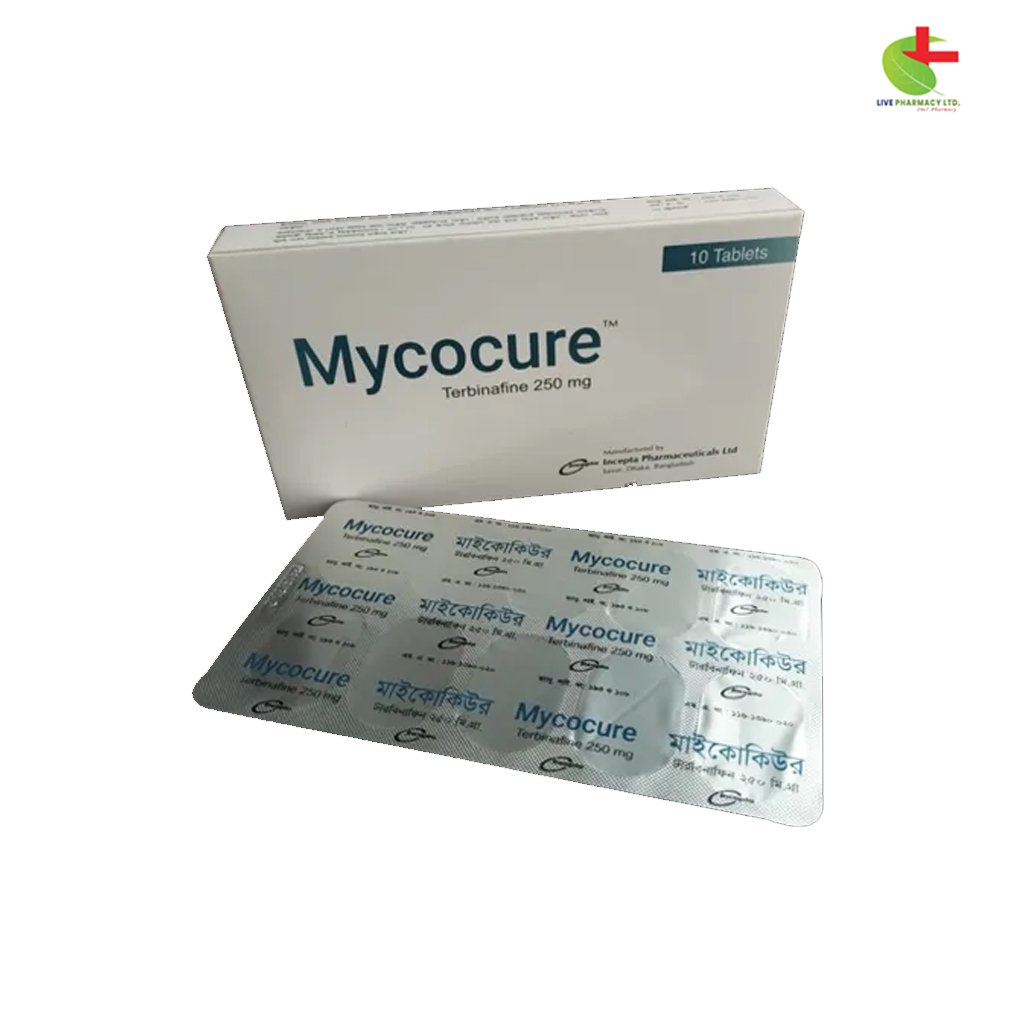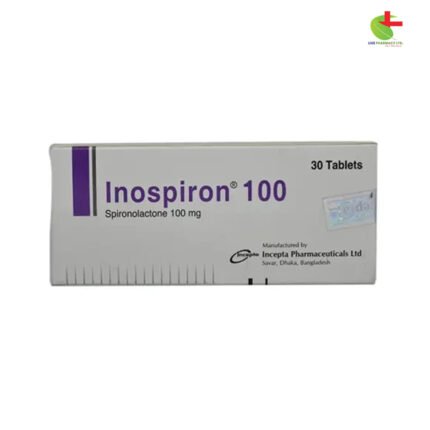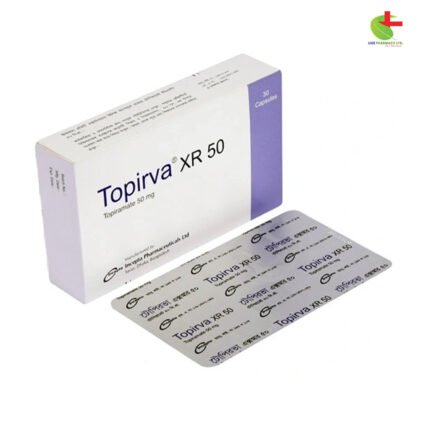Mycocure 250
400.00৳ Strip (10 Tablets)
- Mycocure is an antifungal treatment available as tablets, granules, cream, and spray.
- Effective for onychomycosis (nail infections), tinea capitis (scalp infections), and skin infections caused by dermatophytes and yeast.
- Contains terbinafine, which inhibits fungal cell membrane synthesis.
- Provides relief from itching, inflammation, and infection.
- Always use as directed by a healthcare professional.
 Brand
Brand
|
Incepta Pharmaceuticals Ltd |
|---|---|
 Generics
Generics
|
Terbinafine Hydrochloride |
 Type
Type
|
Tablet |
Indications
- Mycocure Tablet: Used for the treatment of onychomycosis (nail infections) of the toenail or fingernail caused by dermatophytes (e.g., tinea unguium).
- Mycocure Granules: Indicated for the treatment of Tinea Capitis (scalp fungal infection).
- Mycocure Cream: Effective for fungal skin infections caused by Trichophyton species (e.g., T. rubrum, T. mentagrophytes), Microsporum canis, Epidermophyton floccosum, and yeast infections caused by Candida species (e.g., C. albicans). Also used for Pityriasis versicolor caused by Malassezia furfur.
- Mycocure 1% Spray: Recommended for treating Tinea infections of the skin and Pityriasis versicolor due to Malassezia furfur.
Note: Always use the product as directed by a registered healthcare provider.
Pharmacology
Terbinafine (the active ingredient in Mycocure) is an Allylamine antifungal that inhibits the biosynthesis of ergosterol, an essential component of fungal cell membranes. By blocking the Squalene Epoxidase enzyme, terbinafine causes the accumulation of squalene in fungal cells, leading to their death. This results in increased membrane permeability, primarily killing the fungus, though not due to ergosterol deficiency. Terbinafine is effective against common dermatophytes like Trichophyton mentagrophytes and Trichophyton rubrum.
Dosage & Administration
Terbinafine Tablet:
- Fingernail onychomycosis: 250 mg (one tablet) daily for 6 weeks.
- Toenail onychomycosis: 250 mg (one tablet) daily for 12 weeks.
- Note: Full clinical results may take a few months due to the time required for healthy nail growth.
Terbinafine Granules:
- < 25 kg body weight: 125 mg daily for up to 6 weeks
- 25-35 kg body weight: 187.5 mg daily for up to 6 weeks
- > 35 kg body weight: 250 mg daily for up to 6 weeks
Terbinafine Cream:
- Apply 1-2 times daily to the affected area after cleaning and drying.
- Tinea corporis, cruris: 1-2 weeks
- Tinea pedis: 1 week
- Cutaneous candidiasis: 2 weeks
- Pityriasis versicolor: 2 weeks
Terbinafine 1% Spray:
- Apply once or twice daily, depending on the condition.
- Tinea pedis & corporis/cruris: 1 week
- Pityriasis versicolor: 2 times daily for 1 week
Note: Ensure proper diagnosis if no improvement is seen after 2 weeks of treatment.
Drug Interactions
- CYP450 2D6 Inhibition: Terbinafine may interfere with drugs metabolized by CYP450 2D6 (e.g., tricyclic antidepressants, beta-blockers, antiarrhythmics). Adjustments may be needed in such cases.
Contraindications
- Hypersensitivity: Avoid use in individuals with known sensitivity to terbinafine.
Side Effects
Common side effects include:
- Gastrointestinal issues like nausea, diarrhea, and abdominal pain
- Rashes, pruritus, and taste disturbances
- Serious side effects: Rare occurrences of liver toxicity (including liver failure), severe skin reactions (e.g., Stevens-Johnson syndrome), and blood disorders like neutropenia or thrombocytopenia.
Pregnancy & Lactation
- Pregnancy: Terbinafine is not recommended during pregnancy. If treatment is necessary, it should be used only if the potential benefit outweighs the risk.
- Lactation: Terbinafine is excreted in breast milk. Treatment is not recommended for breastfeeding mothers.
Precautions & Warnings
- Liver Health: Terbinafine can cause liver toxicity, so it should be used cautiously in patients with pre-existing liver conditions. Monitor liver function regularly.
- Skin Reactions: Discontinue use if severe skin rashes develop.
Use in Special Populations
- Pediatrics: Safety and efficacy in children have not been established.
- Elderly: No specific dosage adjustment is required for elderly patients.
Overdose Effects
Symptoms of overdose may include:
- Nausea, vomiting, abdominal pain, dizziness, rash, and headache.
- Note: No serious adverse effects have been reported with doses up to 5 gm (20x the therapeutic dose).
Therapeutic Class
- Other Antifungal preparations
- Topical Antifungal preparations
Storage Conditions
- Store in a cool, dry place below 30°C, protected from light.
- Keep out of reach of children.













Reviews
There are no reviews yet.